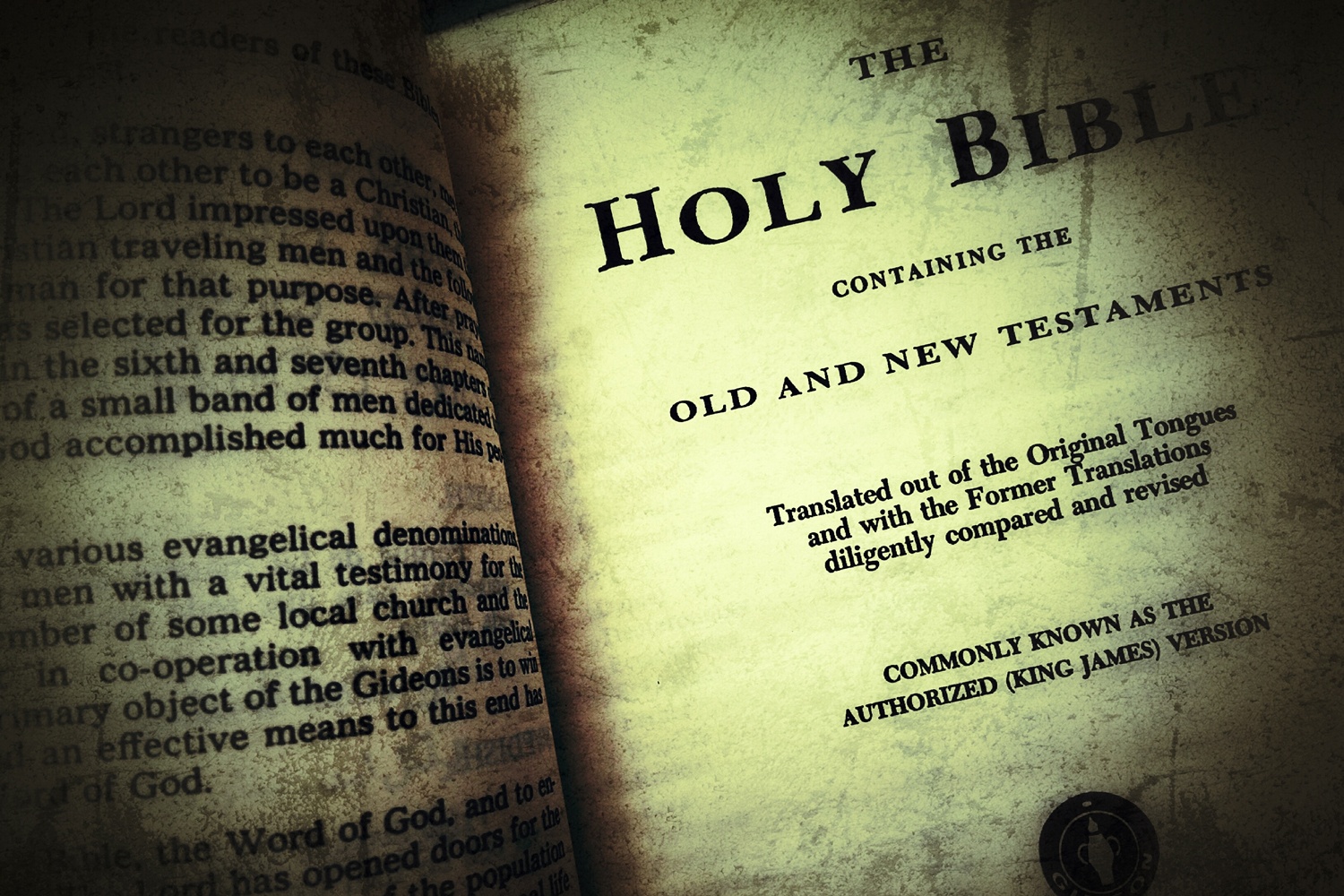Two thousand years later evangelical Christians basically agree that the command in the Great Commission Jesus gave the church (Matthew 28:19-20) is “make disciples of all nations” (ESV). For generations “going”, “baptizing”, and “teaching” were interpreted as the primary motions of a church on mission. Surely the three participles give direction and visual meaning to the mission. As worthy and essential as they are, however, they’re not the assignment. Making disciples is the work of his church.
The topography of our national spiritual landscape provides a ground-level view of the degree to which this mission is being actualized. There are crevices and chasms in this landscape, and a few gold mines too. Being aware of them may guide the contemporary church in navigating this multi-faceted terrain.
The Pew Religious Landscape Study conducted in 2014 and interpreted by church watchers and analysts since then highlighted several of the valleys in the nations spiritual vista. The blaring headlines in the 2015 reports announced declines in the percentage of our population identifying themselves as Christian—from 78.4% in 2007 to 70.6% in the latest numbers.1 This seven year decline sent many church professionals into a doomsday slump of apocalyptic proportions. The assumption was that the American church is dying.
Underneath this decline was an asterisk of sorts, a good-thing, bad-thing truth that made the downturn a little less disturbing. Much of this slippage was due to another element of spiritual drift. Evidently many of those identified by the research as “nominal” Christians in the 2007 study, that is, individuals who are Christian in name only, had shifted into the “none” preference category in 2015. Much of the decline in the number of Christians in our nation was actually 6.7% of the population moving from the nominal Christian population to the non-affiliated category. 2
The gold mine in this landscape was the relative strength and stability of those identified as convictional Christians. From 2007 until the most recent study in 2014, evangelical Christians, also footnoted as “convictional” Christians, actually increased in number from 59.8 million to 62.2 million adherents.3 Evidently the heralded declines don’t indicate the death of the church in America. Perhaps the doomsday predictions were somewhat preliminary. Those serious about their faith are stronger than previously indicated.
The chasm in this landscape may be deep divide between the non-affiliated segments of our population and the organized church. There’s a cultural bias against the institutional dimensions of life anyway. Still, for generations the church has been the compass for the spiritual landscape of the nation. Today, culture views the church with skepticism. Someone recently suggested that the de-churched elements of our population are more strategic in the nation’s spiritual landscape than the unchurched. These are individuals with less than positive church views and experiences. This means that unhealthy and derogatory church stereotypes may distance the majority of “nones” in our population from the reach of a local body of believers. Making disciples of the “nones” may be our greatest challenge. If this is true, Christians must take definitive action to level the rough spots in the religious terrain. I recommend three primary attitude changes—
1. Be church positive.
Surfing church websites keeps this retired guy informed about what is happening out there. I recently viewed the modern web site of a contemporary church. Their tag line was “We’re not your grandmother’s church”. Much of their information was an expansion of this theme. In most respects it left a negative impression on me. Now, Harriet and I prefer fresh, modern Christian music and contemporary worship. We connect best in a church with a modern organizational structure, up-to-date bylaws, and a well-defined mission. But, we both grew up in our grandmother’s church. Much of what we know about the Bible and the essentials of faith were learned in our grandmother’s church. More precisely, my grandfather pastored my grandmother’s church. And, even today, a majority of Baptists attend one of these grandmother’s churches. There’s a flipside in this regard. Many traditional churches criticize their contemporary counterparts with labels like “church lite”, “seven eleven worship”, performance and entertainment motifs, and more.
Making disciples in this nation may happen more productively if all of us took a positive slant about Christ’s church and the diversity that exists in ministry and mission styles, worship, dress, and so many other particulars of generation and geography. There are enough church critics in the “none” population anyway. We should be church positive. Maybe we should all remember that “Christ loved the church and gave himself for her” (Ephesians 5:25).
2. Make church membership mean something.
One of the interesting dynamics of the 2017 Religious Landscape Survey was the degree of uncertainty participants exhibited in selecting their own religious preferences. Rather than wrestle or quibble with these distinctions many participants just clicked “none” in the preference categories. Evidently there’s some confusion about what it means to be a Christian or a church member. Evangelical churches must preach and teach the mystical union of Christ and his church and the truth that the Christian life involves active participation in a local congregation. Church covenants must identify and affirm basic doctrinal, social, and cultural expectations to instill meaning in church membership. Making disciples is the work of Christ’s church. Being his disciples in covenant with other believers is essential in fulfilling that mission in a cynical world.
3. Position your church to positively influence your community.
The Great Commission Jesus gave his disciples does actually begin in the mission field across the street. I am always amazed at how many local Baptist churches, and I’m sure other denominations as well, emphasize their “to the end of the earth” mission but ignore their own Jerusalem, Judea, and Samaria locales. Church leaders should contact their respective state convention offices to obtain the most recent demographic study of the one-mile, three-mile, five-mile circles around their church. Ministry and mission should be formatted for the people who live there. Becoming a vital source for the inhabitants of your community for the sake of the Kingdom is a significant mile-marker in navigating the religious landscape of these complex times.
Making disciples is the mission of Christ’s church. We may be confounded about our nation’s religious landscape and, as a result, be somewhat tentative in our efforts to fulfill it. But, these perplexities don’t’ puzzle our biblical mandate. Re-stated in Acts 1:8, our commission takes us “to the end of the earth”. Jesus made it clear that his presence would guide his people “to the end of the age” (Matthew 28:20). These directional markers remind us that this work is blessed in every religious landscape, whether geographical or in time.
NOTES
1 “America’s Changing Religious Landscape”, May 12, 2015; https://www.google.com/?gws_rd=ssl#q=landscape+definition
2. Ibid.
3. Stetzer, Ed. Nominals to Nones: Three Key Takeaways from Pew’s Religious Landscape Survey. The Exchange. May 12, 2015. http://www.christianitytoday.com/edstetzer/2015/may/nominals-to-nones-3-key-takeaways-from-pews-religious-lands.html





